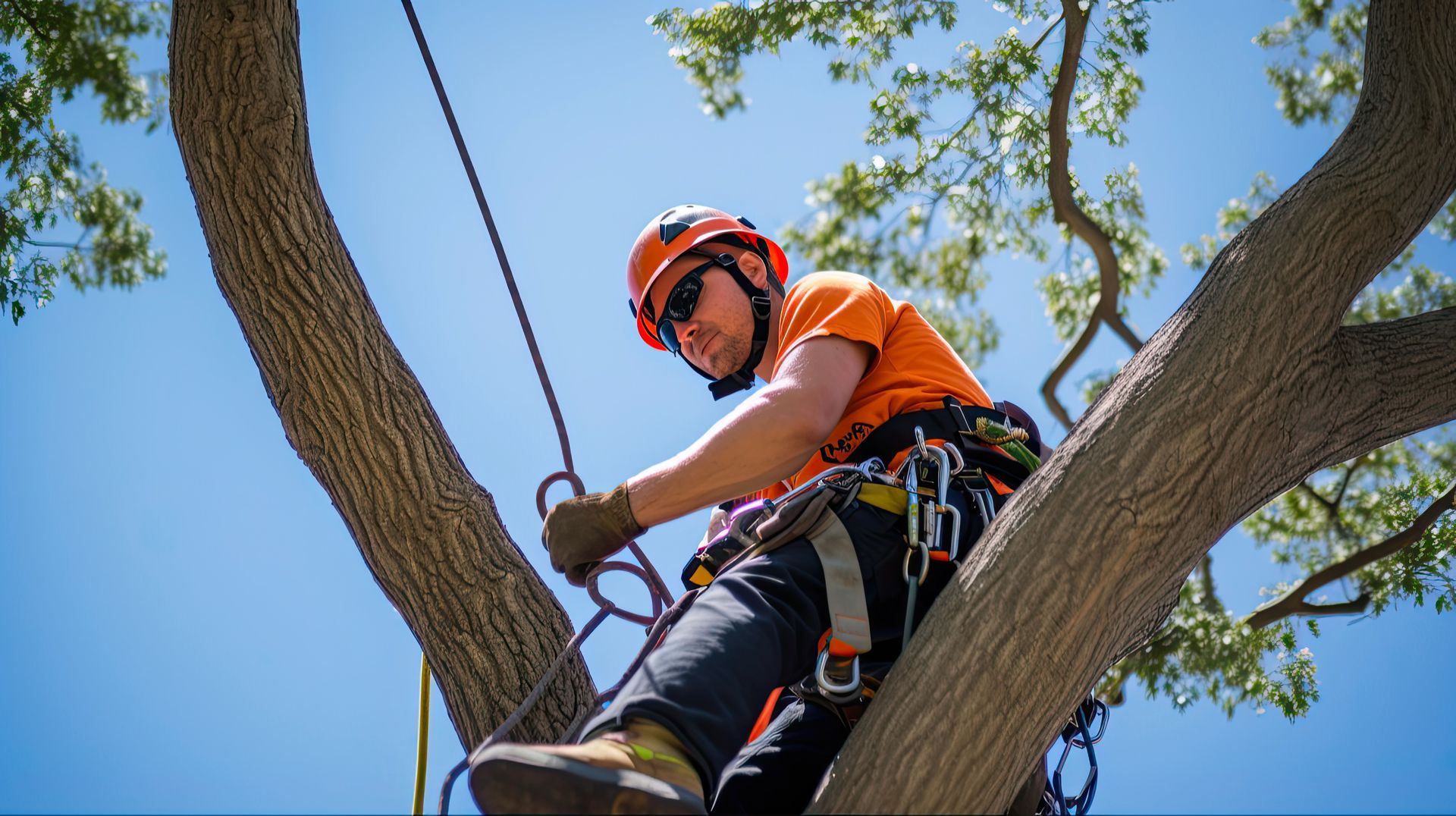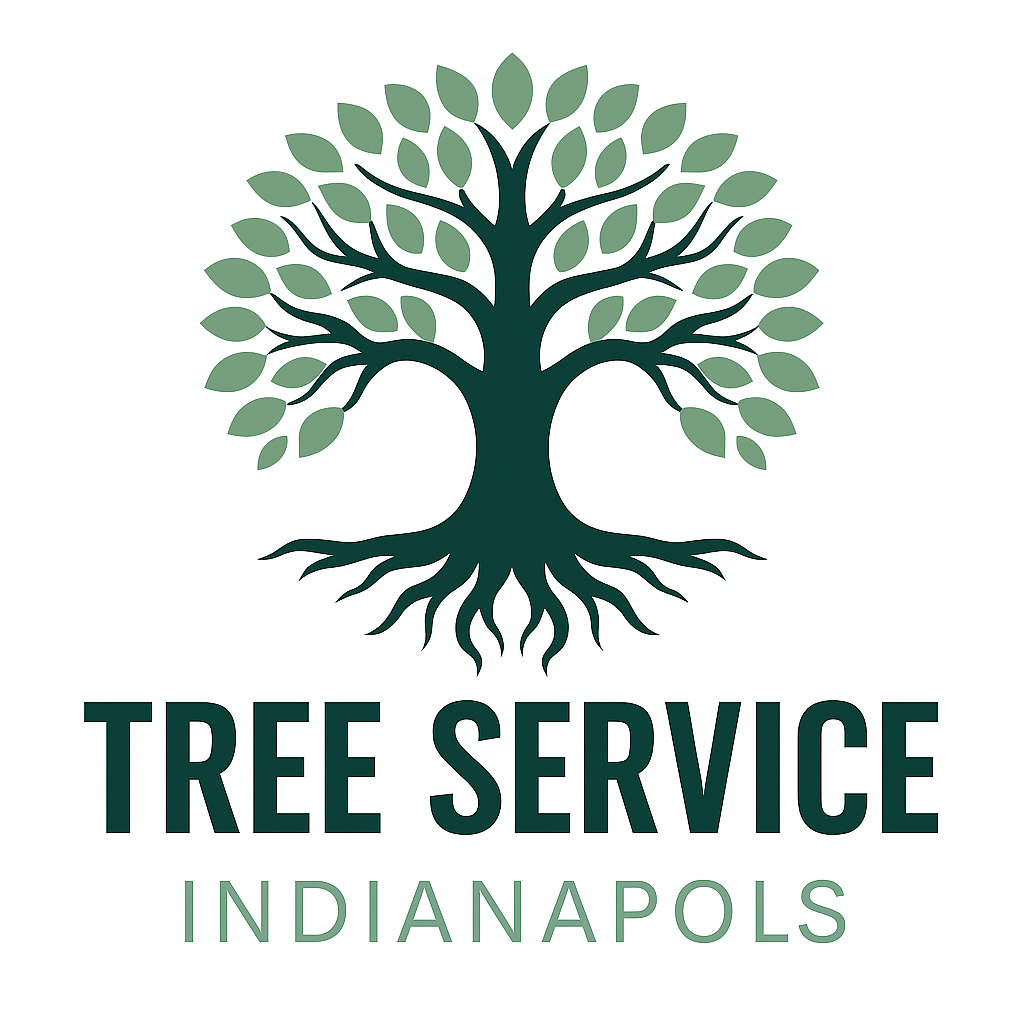The Importance of Tree Health Inspections in Urban Areas
Urban areas are often characterized by their concrete landscapes, bustling streets, and towering buildings. However, amidst this urban jungle, trees play a crucial role in enhancing the quality of life for residents. They provide shade, improve air quality, and contribute to the aesthetic appeal of neighborhoods. To ensure that these vital components of our urban ecosystem thrive, regular tree health inspections are essential. In this article, we’ll explore the significance of tree health inspections, their benefits, and the role of professionals in maintaining the health of urban trees.
Understanding Tree Health Inspections
Tree health inspections involve a systematic evaluation of the condition of trees. These assessments are typically conducted by certified arborists who are trained to identify signs of stress, disease, and pest infestations. The inspection process usually includes several key components:
- Visual Assessment: Arborists begin by visually examining the tree's overall appearance, including its leaves, bark, and branches. They look for signs of discoloration, wilting, or unusual growth patterns.
- Soil Analysis: The health of a tree is often linked to the condition of the soil in which it grows. Arborists may conduct soil tests to determine nutrient levels, pH balance, and moisture content.
- Checking for Pests and Diseases: Certain insects and diseases can wreak havoc on trees. Arborists are trained to identify common pests and diseases that affect urban trees, allowing for early intervention.
- Evaluating Structural Integrity: A tree's structural stability is crucial for safety. Inspections involve checking for weak branches, decay, and other structural issues that could pose hazards to people and property.
Benefits of Regular Tree Health Inspections
A. Early Detection of Problems
One of the most significant advantages of regular tree health inspections is the early detection of problems. Trees can be susceptible to various pests and diseases, which, if left unchecked, can spread rapidly. By identifying these issues early, arborists can implement treatment plans that prevent further damage. For instance, if a tree is found to be infested with a specific pest, targeted treatments can be applied before the infestation spreads to neighboring trees.
B. Enhancing Safety
Safety is a paramount concern for urban residents. Trees that are not properly maintained can pose significant hazards, especially during storms or high winds. Weak or dead branches can fall, potentially causing injury or property damage. Regular tree health inspections help identify these risks, allowing property owners to take proactive measures, such as pruning or removing hazardous branches. This not only protects residents but also reduces liability for property owners.
C. Promoting Tree Longevity
Urban trees face a myriad of challenges, including pollution, compacted soil, and limited space for root growth. Regular inspections help ensure that trees receive the care they need to thrive in these environments. By addressing issues such as nutrient deficiencies or soil compaction, arborists can promote healthier growth and extend the lifespan of urban trees. A well-cared-for tree can live for decades, providing benefits to the community for generations.
D. Improving Aesthetic Value
The visual appeal of a neighborhood can be significantly enhanced by well-maintained trees. Regular inspections and maintenance ensure that trees remain healthy and vibrant, contributing to the overall beauty of the urban landscape. Healthy trees can increase property values and create a more inviting atmosphere for residents and visitors alike.
The Role of Tree Service Professionals
Hiring a qualified tree service professional is essential for effective tree health inspections. Certified arborists possess the knowledge and expertise to accurately assess tree health and recommend appropriate actions. They use specialized tools and techniques to conduct thorough inspections, ensuring that no potential issues go unnoticed.
In South Bend, residents can find reputable tree service providers that offer comprehensive health inspections. These professionals stay up-to-date with the latest advancements in tree care and are equipped to handle a variety of tree species and conditions. Choosing a certified arborist not only ensures a thorough inspection but also provides peace of mind that your trees are in capable hands.

Frequency of Inspections
The frequency of tree health inspections can vary based on several factors, including the type of tree, its age, and environmental conditions. As a general guideline, it is recommended that homeowners have their trees inspected at least once a year. However, certain situations may warrant more frequent inspections:
- Young Trees: Newly planted trees may need more frequent assessments to ensure they are establishing properly and are not experiencing transplant shock.
- Older Trees: Mature trees may require more attention as they are more susceptible to diseases and structural issues.
- After Severe Weather: Following storms or high winds, it’s wise to have trees inspected for damage.
By adhering to a regular inspection schedule, homeowners can address potential issues before they escalate.
In conclusion, tree health inspections are a vital aspect of maintaining the health and safety of urban trees. They provide early detection of problems, enhance safety, promote longevity, and improve the aesthetic value of neighborhoods. For South Bend residents, prioritizing tree health through regular inspections is essential for ensuring that these natural assets continue to thrive in our urban environment.
If you haven’t had your trees inspected recently, consider reaching out to a local tree service provider today. Taking proactive steps to care for your trees not only benefits your property but also contributes to the overall health of the community. Healthy trees are a testament to a thriving urban ecosystem, and regular inspections are the key to their success.
